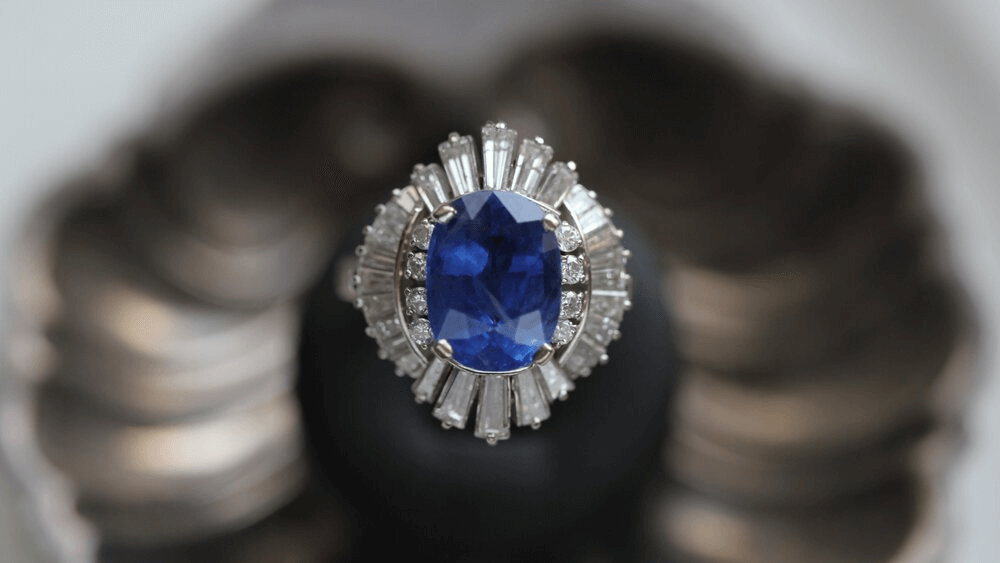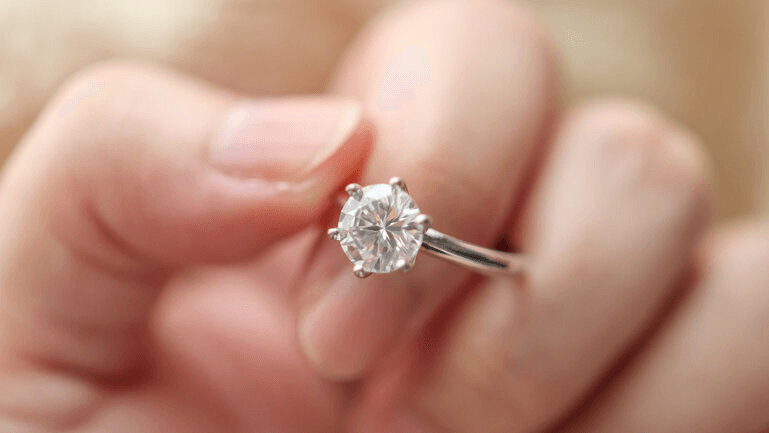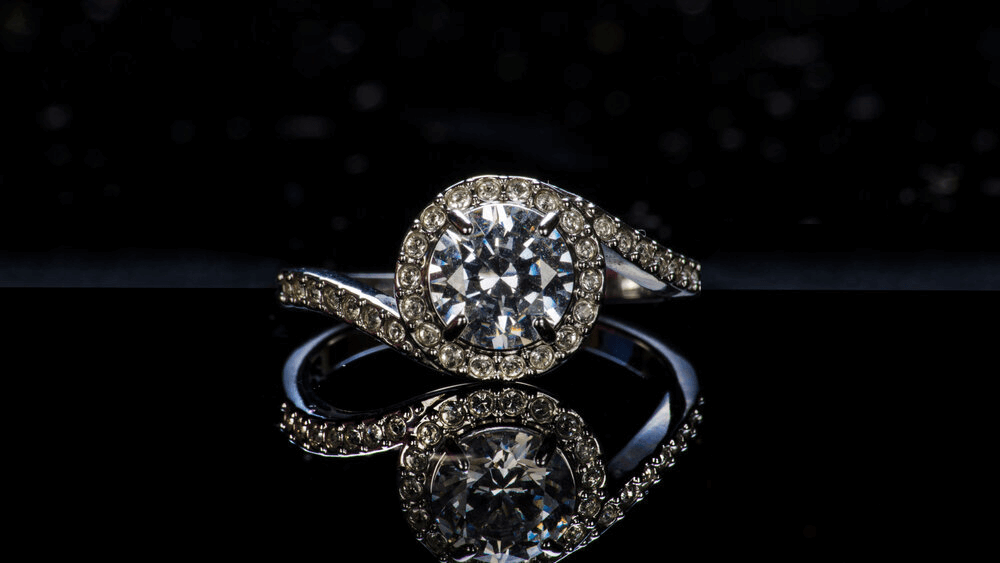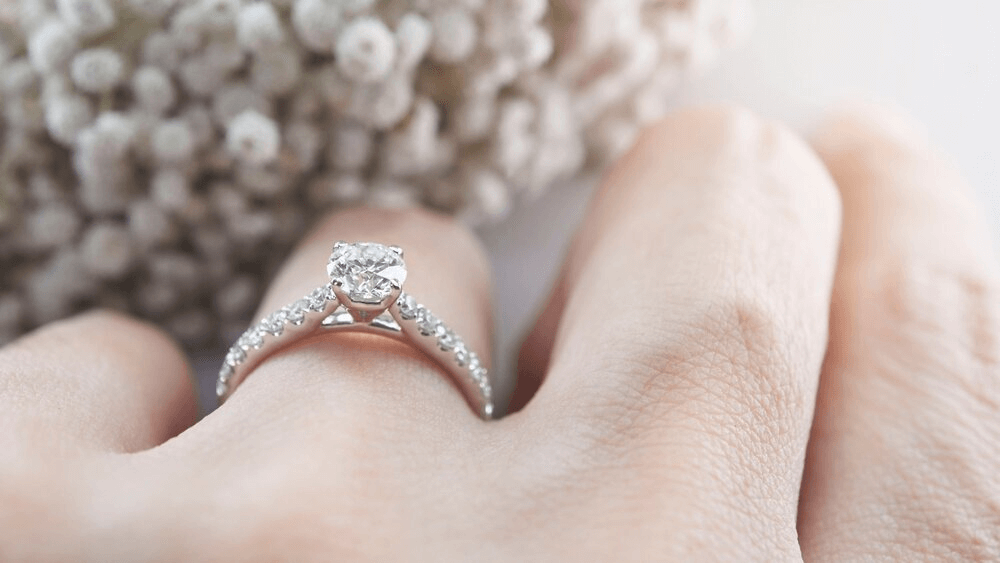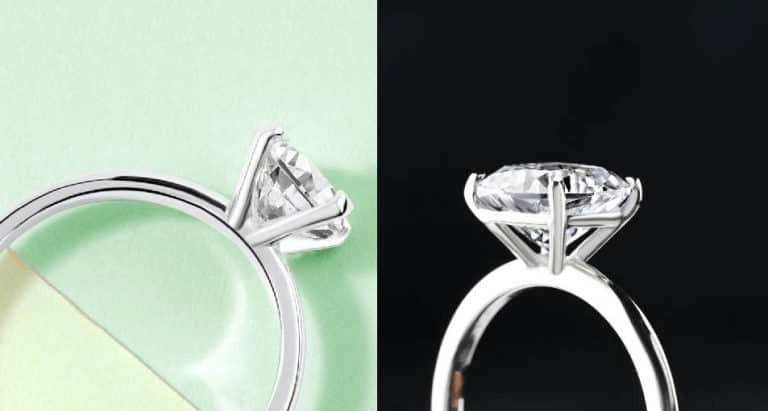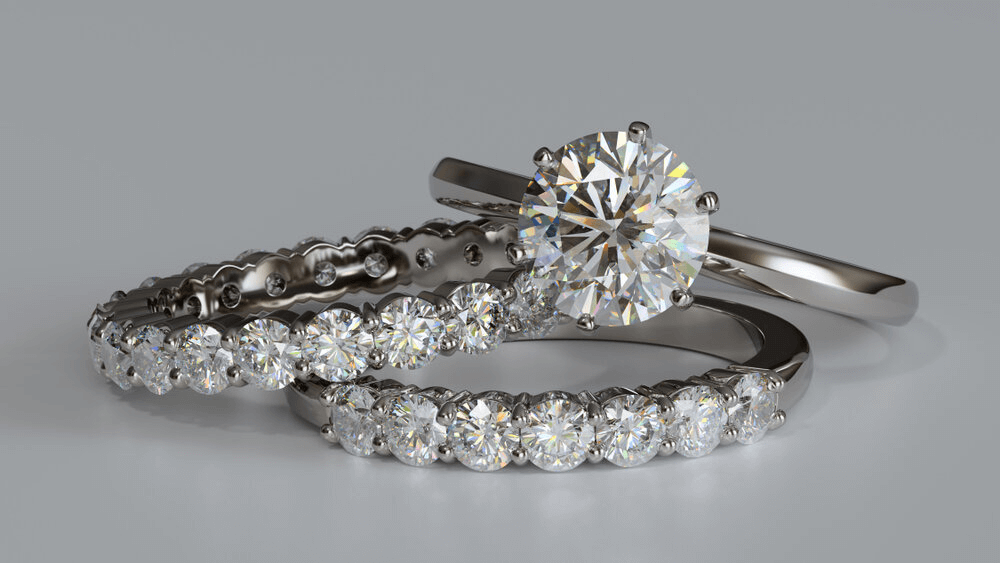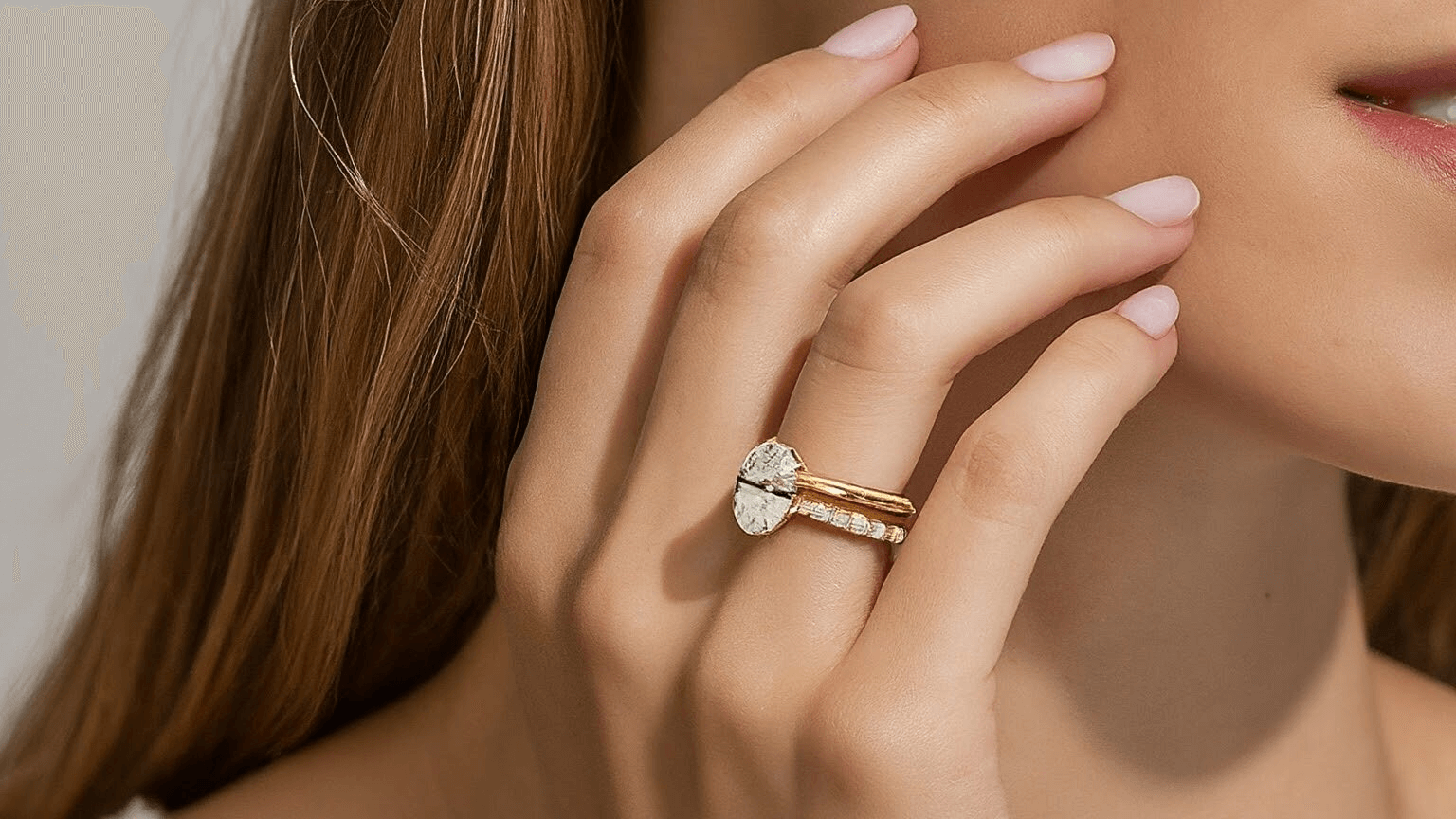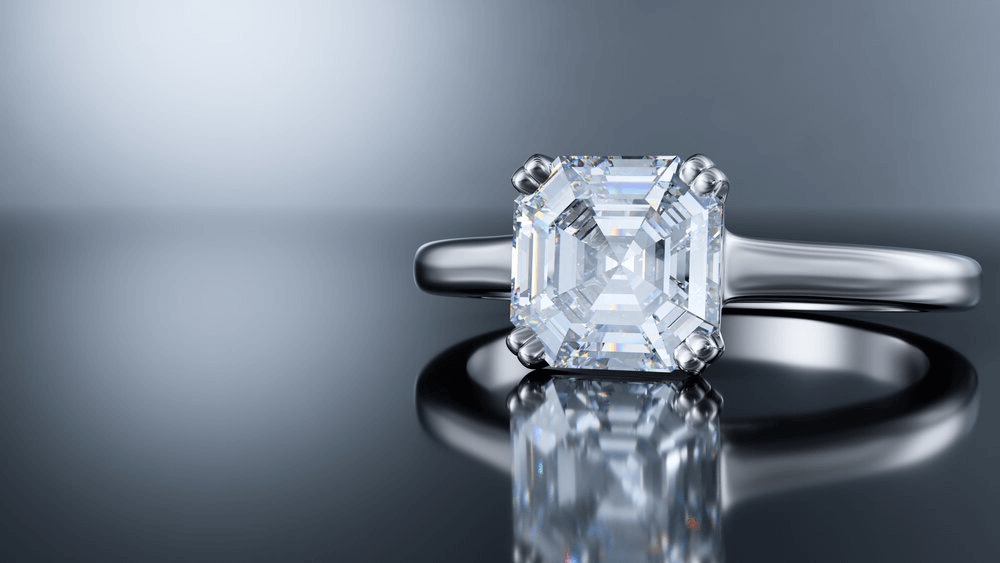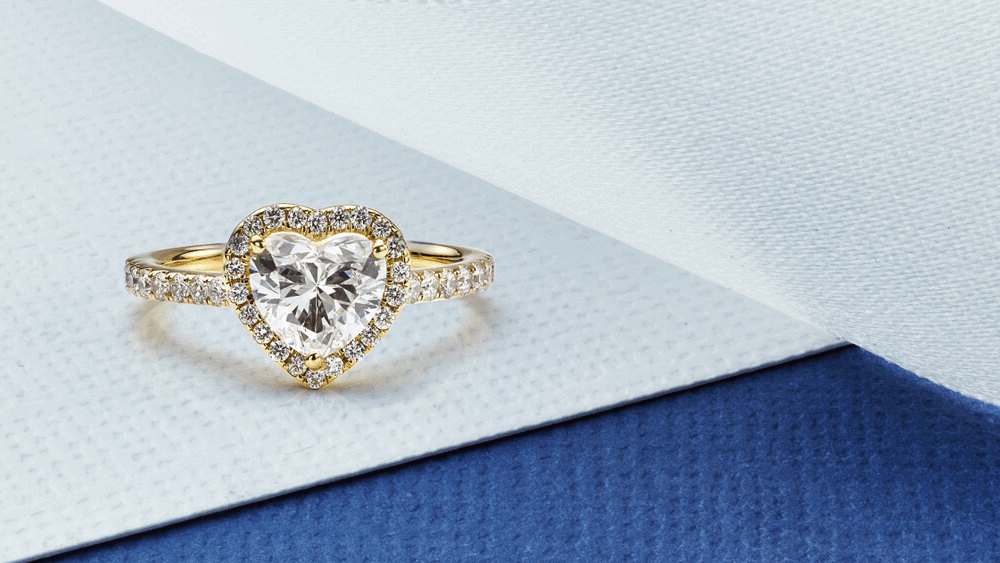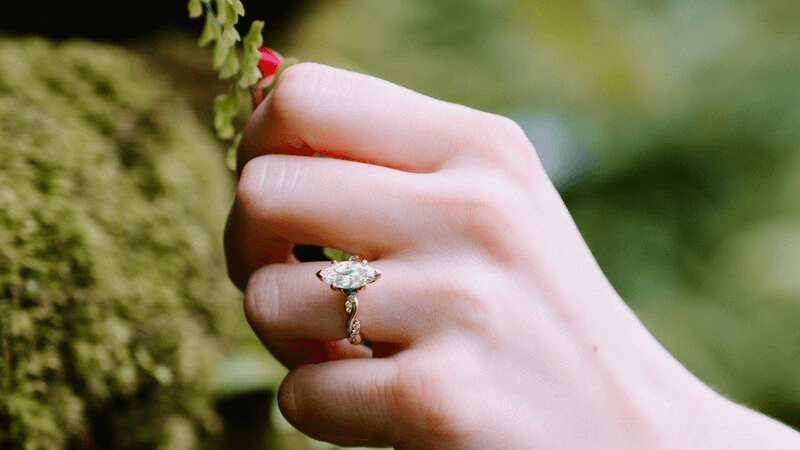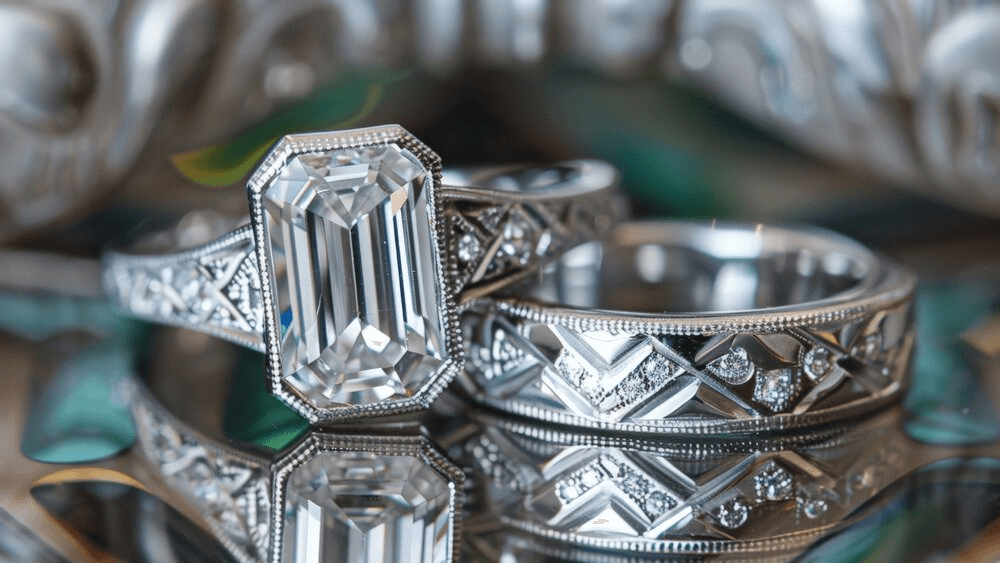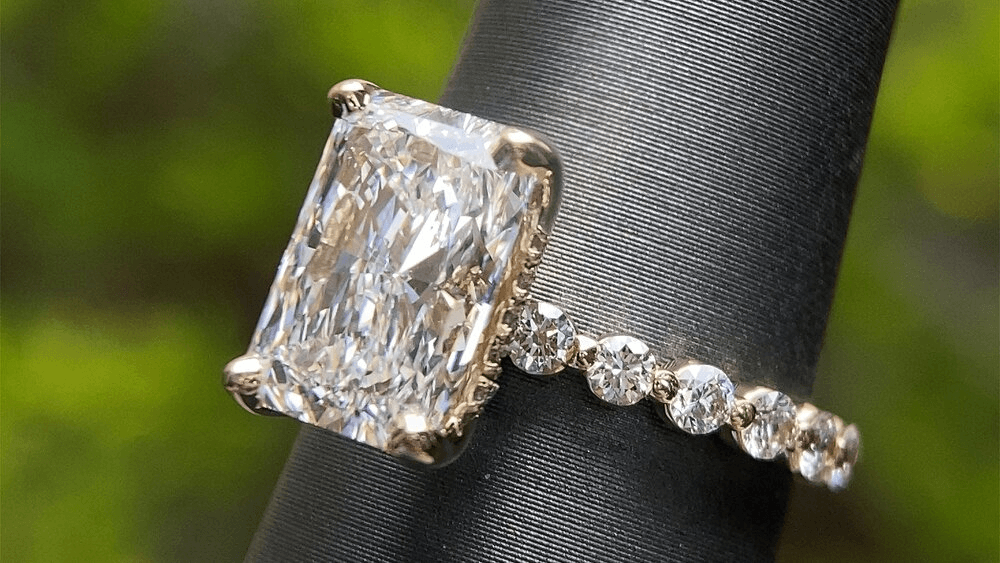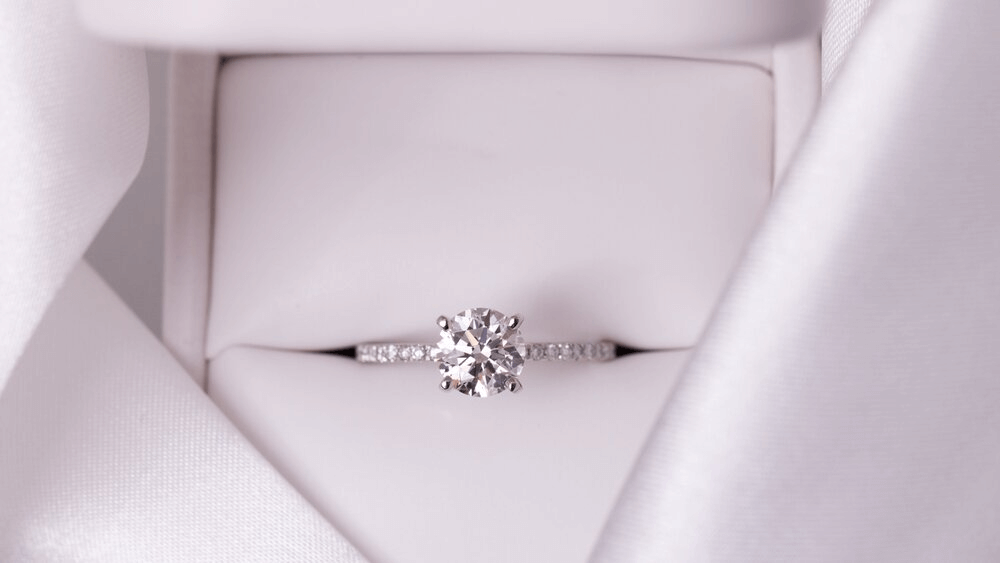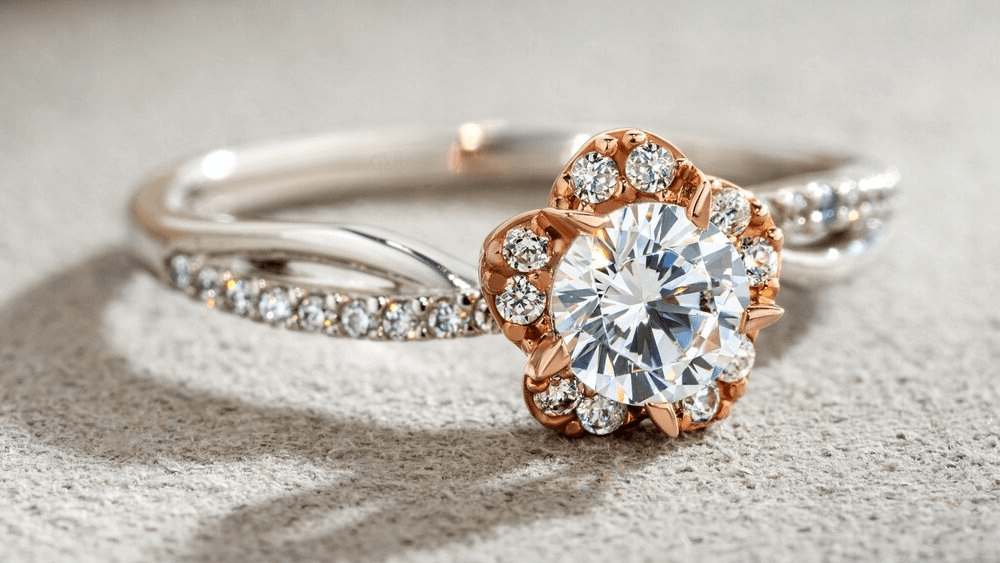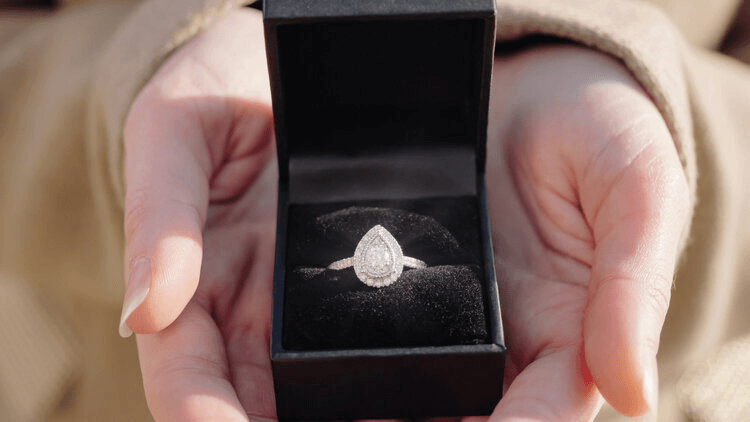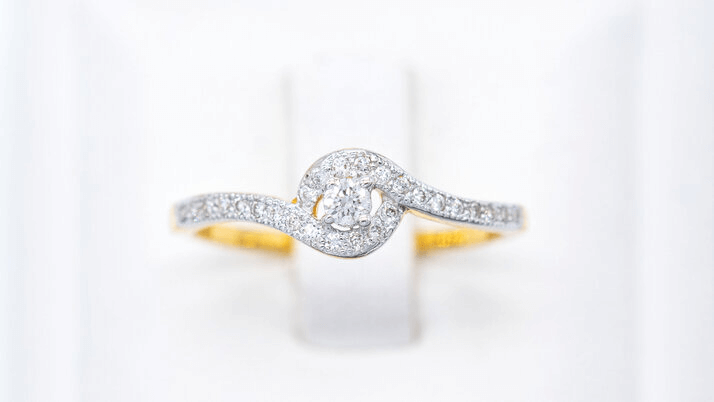Unlock Timeless Love with Classic Engagement Rings

By Gary A.

Edited by Olivia H.
Published Aug 13, 2024
Edited on Mar 31, 2025
Learn how to choose the perfect classic engagement ring with this guide, revealing the secrets to timeless elegance and enduring style.

Navigate this guide:
- 5 Quick Tips for Choosing the Best Classic Engagement Ring
- Introduction
- Solitaire: The Quintessence of Classic
- Diamonds: A Deep Dive into Shapes and Cuts
- Metal Matters: Choosing the Right Foundation
- Setting the Stage: Ring Settings Explored
- Band Styles: The Ring’s Supporting Cast
- Our Expert Take
- 9 Frequently Asked Questions About Classic Engagement Rings
Before we dive deeper into the specifics, here are some practical tips to help guide your decision-making process.
5 Quick Tips for Choosing the Best Classic Engagement Ring
Tip 1. Understanding the 4 C’s:
- Cut: Ensure the diamond cut enhances its sparkle. A well-cut diamond will reflect light beautifully.
- Carat: Choose a carat size that balances size with quality, considering both budget and appearance.
- Color: Aim for a diamond with minimal color—grades D to F are considered colorless.
- Clarity: Understand the clarity grade to ensure inclusions aren’t visible to the naked eye.
Tip 2. Ring Sizing:
- Make sure to have an accurate ring size for the wearer, considering any potential changes in finger size over time or during different weather conditions.
- Remember that certain ring styles may not be easily resizable (like eternity bands or tension settings).
Tip 3. Choosing the Right Metal:
- Decide between popular metal choices like yellow gold, white gold, rose gold, or platinum considering durability, maintenance, and personal style.
- If opting for gold, decide between 14k and 18k, balancing purity with strength.
- Tip 4. Selecting a Timeless Style:
- For classic engagement rings, solitaire settings, and round brilliant or princess-cut diamonds have stood the test of time.
- Consider styles that have consistently been in vogue and are likely to remain popular, such as six-prong settings for solitaires.
Tip 5. Examining Stone Setting:
- Ensure the diamond is securely set and there is no visible shaking or misalignment.
- Ensure prongs are smoothly finished, and if opting for a bezel setting, that the metal encircles the diamond evenly.
Transition to the wizard with something like, “Now that you’re informed, it’s time to put this knowledge into action. Use JewelerAI to discover the ideal engagement ring for you:
Introduction
When it comes to popping the question, there’s nothing quite like a classic engagement ring to make your partner swoon. These timeless beauties have been making hearts skip a beat for generations, and it’s easy to see why. With their elegant simplicity and enduring charm, classic engagement rings are the epitome of romance. At WillYou, we’re all about helping you find the perfect ring to symbolize your love story – and trust us, you can’t go wrong with a classic.
Defining Classic Elegance
So, what exactly makes a ring “classic”? It’s all about that perfect balance of simplicity and sophistication. Think clean lines, understated details, and a focus on the star of the show – the diamond. Classic rings don’t need a lot of bells and whistles to make a statement; they let the beauty of the stone speak for itself.
Iconic Styles Through the Ages
Classic engagement rings have been stealing hearts for centuries, from the intricate designs of the Victorian era to the bold geometries of the Art Deco period. Today, these iconic styles are still going strong, with modern twists that keep them feeling fresh and exciting. Whether you’re a vintage lover or a contemporary queen, there’s a classic ring out there that’s perfect for you.
Solitaire: The Quintessence of Classic
When most people think of a classic engagement ring, the first thing that comes to mind is the solitaire. This iconic style features a single, stunning diamond perched atop a sleek metal band. It’s a look that’s both timeless and effortlessly chic – the perfect choice for the bride who wants to let her diamond do the talking.
The Solitaire’s Timeless Allure
What is it about the solitaire that makes it so darn irresistible? For starters, it’s all about showcasing the diamond in all its brilliant glory. With no distractions or competing elements, the solitaire lets the stone take center stage, allowing its fire and brilliance to shine through. Plus, there’s just something so romantic about the simplicity of a single diamond – it’s like a declaration of your one-and-only love.
Variations of the Solitaire Setting
While the classic solitaire is a tried-and-true favorite, there are plenty of ways to put your own spin on this timeless style. From delicate pavé bands that add a touch of extra sparkle to unique prong arrangements that create a distinctive look, the possibilities are endless. Whether you prefer a traditional yellow gold or a trendy rose gold, there’s a solitaire out there that’s perfect for you.
Diamonds: A Deep Dive into Shapes and Cuts
Of course, no discussion of classic engagement rings would be complete without talking about the main event: the diamond. When it comes to choosing your stone, there are two key factors to consider – shape and cut. These elements can make a big difference in the overall look and feel of your ring, so it’s important to choose wisely.
Round Brilliance: The Epitome of Classic
If you’re looking for the ultimate classic diamond, look no further than the round brilliant cut. This tried-and-true favorite is designed to maximize sparkle and fire, creating a dazzling display that’s sure to turn heads. At WillYou, we always recommend prioritizing cut over other factors like color or clarity – after all, a well-cut diamond is a thing of beauty, no matter what its size or grade.
Other Time-Honored Shapes: Oval, Emerald, and Princess
While the round brilliant may be the reigning queen of classic diamonds, there are plenty of other shapes that have stood the test of time. Take the oval cut, for example – with its elongated shape and brilliant facets, it’s a stunning choice that’s both elegant and unique. Or, for a touch of vintage charm, consider an emerald cut diamond with its sleek step-cut facets. And let’s not forget the princess cut – a square shape with a modern edge that’s perfect for the bride who wants to make a statement.
Metal Matters: Choosing the Right Foundation
When it comes to creating your dream engagement ring, the metal you choose is just as important as the diamond itself. Different metals have different properties and aesthetics, so it’s important to choose one that fits your style and lifestyle.
Gold and Platinum: A Comparative Overview
Two of the most popular choices for engagement rings are gold and platinum. Gold comes in a variety of colors – yellow, white, and rose – and is a classic choice that pairs well with any skin tone. Platinum, on the other hand, is a more contemporary option that’s known for its durability and hypoallergenic properties. It’s also a bit more expensive than gold, but for many brides, it’s worth the investment.
The Renaissance of Rose Gold
In recent years, rose gold has been having a major moment in the engagement ring world. This warm, pinkish metal is the perfect choice for the bride who wants something a little different, but still classic and timeless. Rose gold pairs beautifully with diamonds of all shapes and sizes, and its romantic hue is sure to make your heart skip a beat.
Setting the Stage: Ring Settings Explored
Once you’ve chosen your diamond and metal, it’s time to think about the setting. The setting is what holds your diamond in place and can have a big impact on the overall look and feel of your ring. Among the various options, the Tiffany Setting is renowned for its elegant simplicity, where the diamond is held by six prongs to maximize light exposure and brilliance. This style, along with others like the bezel and tension settings, offers different ways to secure your gem while enhancing its beauty.
Prongs, Bezels, and More: Securely Framing Your Gem
One of the most popular setting styles are prong settings, which uses small metal claws to hold the diamond securely in place. This style allows plenty of light to enter the stone, maximizing its brilliance and fire. Another popular option is the bezel setting, which surrounds the diamond with a thin metal rim for a sleek, modern look. And let’s not forget about the tension setting, which uses the tension of the metal band to hold the diamond in place – talk about a conversation starter!
The Halo Effect: Adding a Layer of Brilliance
If you want to add some extra oomph to your classic engagement ring, consider a halo setting. This style features a ring of smaller diamonds surrounding the center stone, creating a dazzling display of sparkle that’s sure to turn heads. Halo settings can make your center diamond look larger and more brilliant, and they’re a great way to add a touch of vintage-inspired charm to your ring.
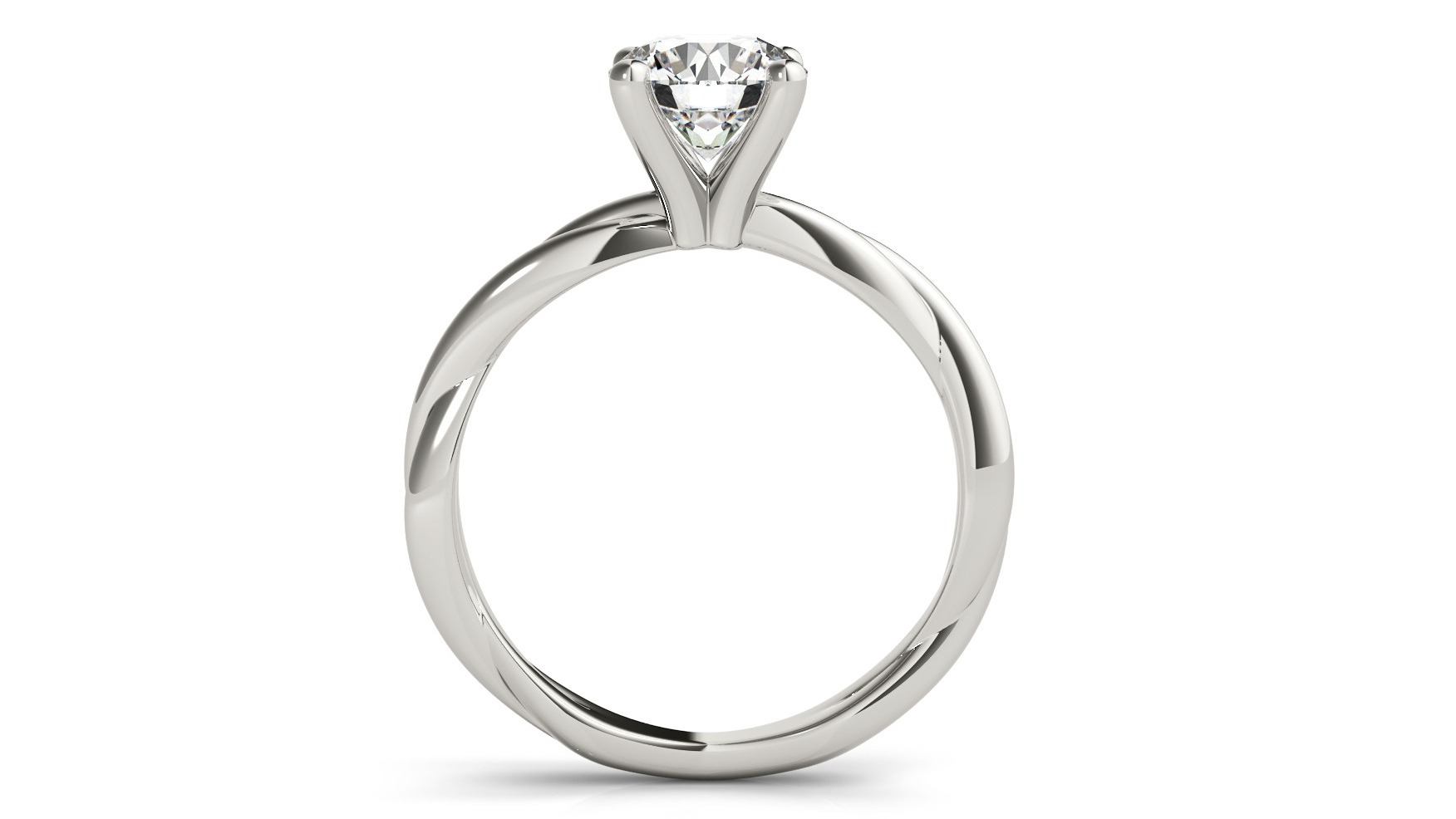
Band Styles: The Ring’s Supporting Cast
Last but not least, let’s talk about the band. While the center diamond may be the star of the show, the band plays a crucial supporting role in the overall look and feel of your ring.
The Elegance of Simplicity: Plain Bands
If you’re a fan of the “less is more” philosophy, a plain metal band might be the perfect choice for you. This classic style lets your diamond take center stage, without any distractions or competing elements. Plus, a plain band is a great choice if you plan on wearing your engagement ring and wedding band together – they’ll fit seamlessly side by side.
Adding Sparkle: Pave and Channel-Set Bands
On the other hand, if you want to add some extra sparkle to your ring, consider a pave or channel-set band. Pave bands feature small diamonds set closely together for a continuous line of brilliance, while channel-set bands feature diamonds set flush within the metal for a smooth, streamlined look. Both styles are a great way to add some extra bling to your ring without overwhelming the center stone.
Our Expert Take
Phew, that was a lot of information to take in! But don’t worry – at WillYou, we’re here to help you navigate the world of classic engagement rings and find the perfect one for you. Whether you’re drawn to the timeless solitaire, the vintage-inspired halo, or something in between, we’ve got you covered. Our team of experts is always ready to answer your questions, offer advice, and help you create the ring of your dreams. So go ahead – take the plunge and say “I do” to a classic engagement ring. Trust us, you won’t regret it!
9 Frequently Asked Questions About Classic Engagement Rings:
- Q: What defines a classic engagement ring?
- A: Classic engagement rings typically feature a simple, elegant design that focuses on highlighting a central diamond. Solitaire settings with a single diamond and minimal embellishments are quintessential examples.
- Q: Why choose a classic engagement ring?
- A: Classic engagement rings offer timeless appeal, ensuring the style remains fashionable and elegant through the years. Their simplicity also allows the beauty and brilliance of the central diamond to shine.
- Q: What diamond shapes are considered most classic for engagement rings?
- A: Round brilliant and princess-cut diamonds are among the most classic and popular choices for engagement rings due to their timeless appeal and ability to maximize sparkle and brilliance.
- Q: Are classic engagement rings only available in specific metals?
- A: No, classic engagement rings can be crafted in various metals, including yellow gold, white gold, rose gold, and platinum. The choice of metal depends on personal preference and lifestyle considerations.
- Q: Can a classic engagement ring have more than one diamond?
- A: Absolutely. While solitaire rings with a single diamond are iconic, classic designs can also include additional diamonds, such as side stones or a pavé setting, while maintaining an overall timeless look.
- Q: How do I ensure the quality of a classic engagement ring?
- A: Look for certifications from reputable gemological institutions like the GIA or AGS for the diamond. Also, purchase from a reputable jeweler known for quality craftsmanship and ethical sourcing.
- Q: Can classic engagement rings be customized?
- A: Yes, many jewelers offer customization options for classic engagement rings, allowing you to choose the diamond specifications, metal type, and any additional design elements to create a ring that’s uniquely yours.
- Q: What is the ideal setting for a classic engagement ring?
- A: The prong setting is iconic and ideal for classic engagement rings as it elevates the diamond, allowing maximum light exposure for brilliant sparkle. Bezel settings are also popular for their sleek, modern twist on the classic design.
- Q: How do I care for a classic engagement ring?
- A: Regular cleaning with a gentle solution, annual check-ups with a jeweler to inspect settings and prongs, and avoiding exposure to harsh chemicals will help maintain the beauty and integrity of a classic engagement ring.
Craft Your Legacy with Jeweler AI – Find Your Classic Ring Now!
FOLLOW-UP GUIDE SERIES







